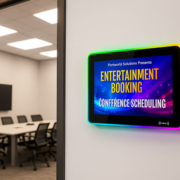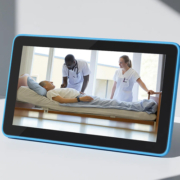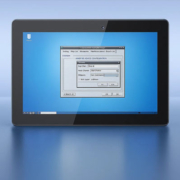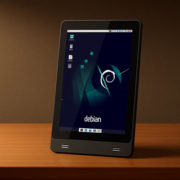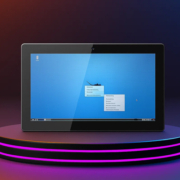What Is the Difference Between Digital Signage and Display?
At first glance, digital signage and display might seem like interchangeable terms. Both involve screens that show visual content — but the similarities end there. If you’re in retail, hospitality, transportation, or any sector using visual communication, understanding the difference is essential for making the right investment.
Let’s break it down.
1. What Is a Display?
A display is the hardware screen itself. It’s a physical output device that presents visual content like images, videos, or text. Displays can range from:
- Computer monitors
- TV screens
- Industrial touchscreens
- LCD/LED/OLED panels
- Tablet screens
- Large-format commercial panels
In simple terms, a display is the visual hardware — just like a speaker is for sound.
Purpose:
To show content provided by a source (computer, media player, or control board).
Key Traits:
- Limited to showing what’s connected
- No built-in content management system
- May not have scheduling, networking, or smart features
2. What Is Digital Signage?
Digital signage is the complete solution that combines a display with software, content, connectivity, and control. It’s used to deliver dynamic messages in public or commercial spaces — from menus in restaurants to airport flight boards and in-store promotions.
Digital signage includes:
- Display hardware
- Media player or built-in system
- Content management software (CMS)
- Internet/network connectivity
- Scheduling and remote control
Purpose:
To deliver targeted, dynamic content for marketing, information, or engagement purposes.
Key Traits:
- Scheduled and automated content
- Remote updates via cloud or network
- Interactivity (touch, sensors, QR codes)
- Integration with data sources (weather, POS, IoT)
Key Differences at a Glance
| Feature | Display | Digital Signage |
|---|---|---|
| Definition | Hardware screen | Complete communication system |
| Content Management | Manual or external | Built-in scheduling & control |
| Functionality | Shows content from external device | Plays scheduled, interactive content |
| Use Case | Basic viewing (e.g., TV, monitor) | Commercial messaging (e.g., menu boards, ads) |
| Smart Features | Usually none | Includes network control, automation |
| Example | A monitor connected to a PC | A wall-mounted smart signage in a retail store |
Real-World Example: Display vs Digital Signage
Let’s say you run a coffee shop.
- If you mount a TV behind the counter and use a USB to play a video loop, that’s a display setup.
- If you install a smart panel with Android system, connected to Wi-Fi, running scheduled menus and promotions that auto-update — that’s digital signage.
Portworld: Your One-Stop Digital Signage Solution Provider
At Portworld, we offer both high-quality displays and fully integrated digital signage solutions, including:
- Smart Android-based signage tablets
- Industrial-grade touch panels with CMS support
- Custom OEM/ODM hardware and software integration
- Wi-Fi, PoE, Bluetooth, RS485/RS232 ready
- LED-framed models for enhanced visibility (like YC-L156)
We help businesses go beyond just screens — we empower them to communicate smarter.
A display is simply a screen. Digital signage player, on the other hand, is a smart ecosystem built around delivering purposeful content. If your goal is to inform, engage, or market — go with digital signage. It’s not just what you show, but how, when, and where you show it that truly makes a difference.

